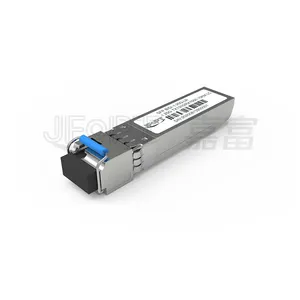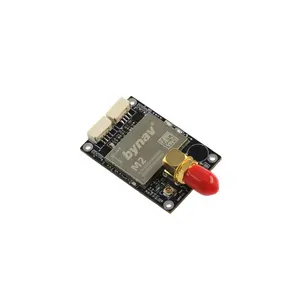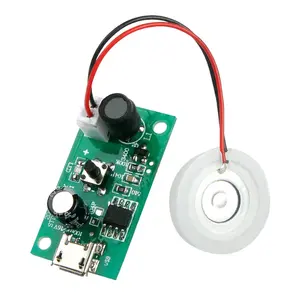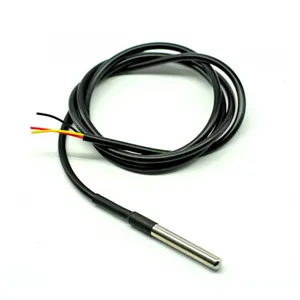Popular in your industry










































































Related Searches:




























































































































Top categories
About cable tv fiber optic 1310nm transmitter
Understanding Cable TV Fiber Optic 1310nm Transmitters
The realm of television broadcasting has evolved significantly with the advent of fiber optics, and central to this transformation is the cable TV fiber optic 1310nm transmitter. This device is pivotal in transmitting television signals over fiber optic cables, utilizing the 1310nm wavelength which is standard for such applications. The technology is designed to cater to the needs of modern cable TV networks, ensuring efficient and reliable signal transmission.
Types and Applications
There are various types of cable TV fiber optic transmitters, each tailored to specific network requirements. These transmitters are employed in a range of settings from residential complexes to large-scale broadcasting networks. Their applications extend to feeding signals into distribution networks, long-distance transmission, and local area network (LAN) systems for content dissemination.
Core Features and Performance
A cable TV fiber optic 1310nm transmitter is characterized by its ability to maintain signal integrity over considerable distances. It converts electrical signals into optical ones, which are less susceptible to interference and signal loss. This ensures a pristine quality of broadcast, which is essential for both standard and high-definition television channels. Additionally, these transmitters are designed to be compatible with various modulation methods, making them versatile for different broadcasting standards.
Materials and Construction
The construction of a fiber optic transmitter for cable TV involves high-quality materials that are chosen for their durability and performance. The core optical components are typically made from specialized glass or plastic composites, which provide a high level of clarity and minimal signal attenuation. The external housing is designed to protect the internal components from environmental factors, ensuring long-term reliability.
Advantages of Fiber Optic Transmission
Opting for a 1310nm fiber optic transmitter comes with several advantages. These devices offer a much greater bandwidth compared to traditional coaxial cables, allowing for a larger number of channels and higher data rates. They are also immune to electromagnetic interference, which is a common issue with electrical transmission methods. Furthermore, fiber optic cables are lighter and less bulky, which simplifies the installation process and reduces the physical footprint of the network infrastructure.
Choosing the Right Transmitter
Selecting the appropriate cable TV fiber optic transmitter requires an understanding of network demands and compatibility with existing infrastructure. It is important to consider the transmitter's wavelength, output power, and supported modulation formats. While Alibaba.com does not endorse specific products, the platform offers a comprehensive listing of suppliers providing a variety of transmitters to meet diverse broadcasting needs.























































